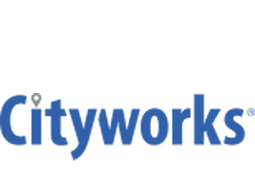Cityworks (Trimble)
Case Studies
Leveraging GIS Data for Prioritizing Traffic Safety Service Requests: A Case Study of Oakland
Overview
 |
Leveraging GIS Data for Prioritizing Traffic Safety Service Requests: A Case Study of OaklandCityworks (Trimble) |

|
Functional Applications - Transportation Management Systems (TMS) Infrastructure as a Service (IaaS) - Cloud Databases | |
Cities & Municipalities Transportation | |
Logistics & Transportation | |
Traffic Monitoring Transportation Simulation | |
System Integration | |
Operational Impact
| The implementation of the data-driven prioritization model has allowed OakDOT to optimize and streamline traffic infrastructure updates in the community. The model has provided a rational and data-driven way to prioritize service requests, ensuring that traditionally underserved and high-risk areas are not overlooked. The integration of Cityworks and ArcGIS has provided a succinct way to organize, manage, and maintain prioritization data and service requests. As new data is received from SWITRS and censuses, and new priority facilities are built, the City of Oakland can easily update their prioritization data to reflect the most up-to-date information. This has allowed them to make the most of their limited resources to execute projects that bring the highest equitable return. | |


